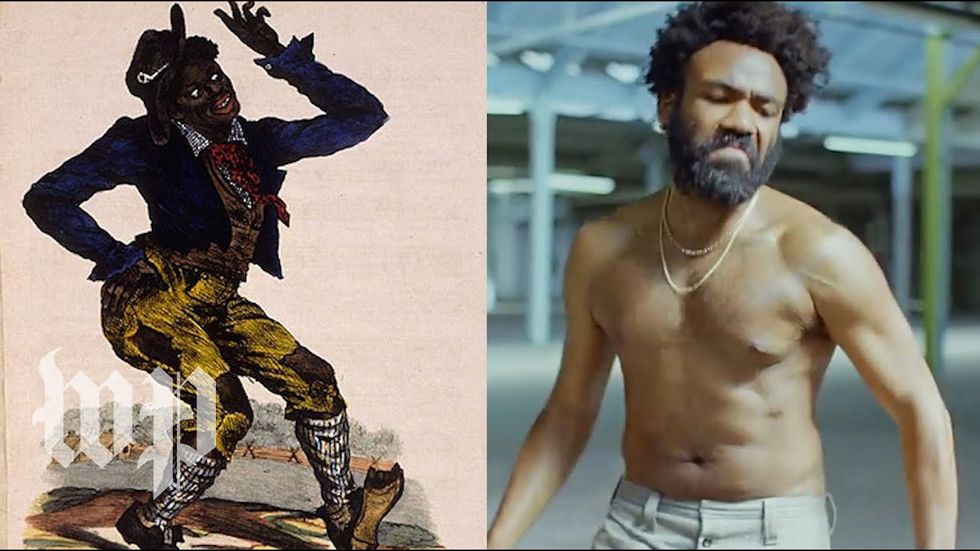Hip Hop doesn’t get the respect it deserves. It’s a bold statement, but one that I wholeheartedly believe. I grew up in Mount Vernon, New York, a city just outside The Bronx, the birthplace of Hip Hop. My brother played its hypnotic beats around the house and performed it; my mother had a copy of Tupac’s The Rose That Grew from Concrete. Hip-hop was celebrated in my house. I never saw hip-hop as a music genre that was less than any other, but as something that was therapeutic, something that made you think. It was just amazing to me. I didn’t learn to fully embrace the genre until I got to high school when I took my first creative writing class. My teacher -- Hey Mr.! -- made sure that we knew that music and literature go hand-in-hand. I learned that hip-hop used literary techniques found in classical poetry and that it was much more complex than people gave it credit for. I tried to pass this on when I taught high school for a short time, but kids were more interested in rappers like XXXtentacion, and Lil’ Uzi Vert and didn't care what Pac, Biggie, Mos Def, and Kendrick had to say.
This past Saturday, actor and rapper, Childish Gambino, basically broke the internet with his song and music video, This is America, and of course, I had to put in my two cents in. The song and the video are absolutely brilliant, but I’m not going to call it a game changer. Why not? Because this is what hip-hop is supposed to be. Those that don’t respect hip hop, true hip-hop, just don’t understand it. Therefore, they write it off as a problematic genre of music, not as a movement that emerged in The Bronx in the 1970’s as a way for inner-city black and immigrant youth to voice the frustration of their day-to-day lives. Like any other music genre, hip-hop has always been powerful, political, and is used to convey a message. Gambino’s song is no different.
I think I’ve watched the music video twenty times since it came out last Saturday, and I will continue to have it on repeat. I watched the video twice before heading to social media to see if anyone else had watched it. And if for some reason, you still haven’t watched it, watch it multiple times, and try your hardest to not pay attention to Gambino or the kids dancing around him. I love the lyrics to the song, but to me, the video is what does the talking. In four minutes and five seconds, Gambino references Jim Crow imagery, a scene from the Book of Revelations, police brutality, and so much more. He leaves the message that no matter what atrocities happen, America will find some way to sweep the problem under the rug instead of dealing with it. He shows how mainstream media will, in some way, shape, or form, distract you from what’s really going on. In a recent interview with TMZ, Donald Glover (aka Childish Gambino), was asked what the music video was about. He simply replied, “That’s not for me to say." That is exactly what art is supposed to be. It shouldn’t be up to the artist to tell us what they are trying to convey, but what we take away from it.
My hope is not only that this video gets people thinking and talking, but that people find a new appreciation for hip-hop. Because longtime fans know that it can be uplifting, thought-provoking, and inspirational.





















